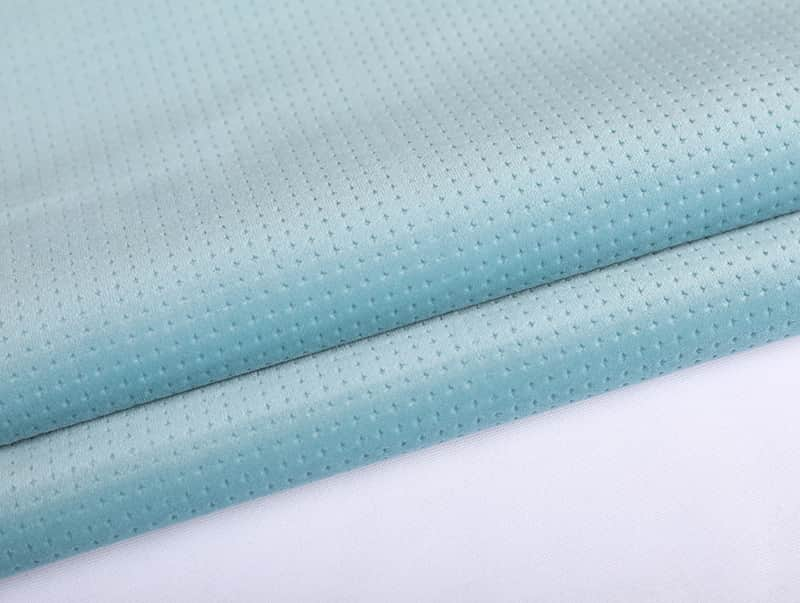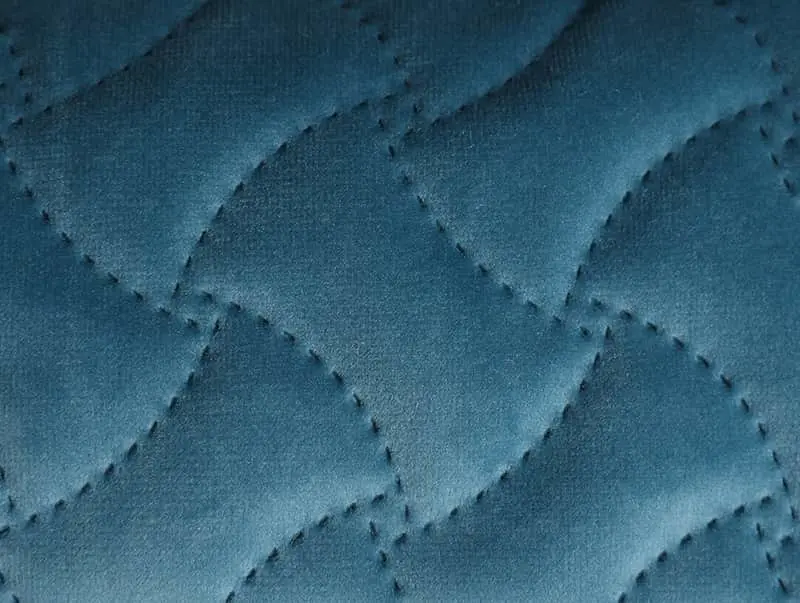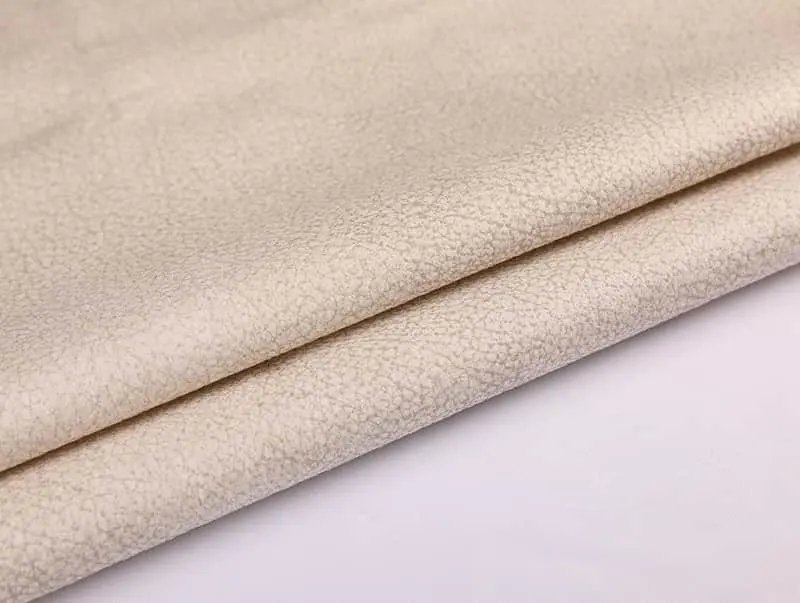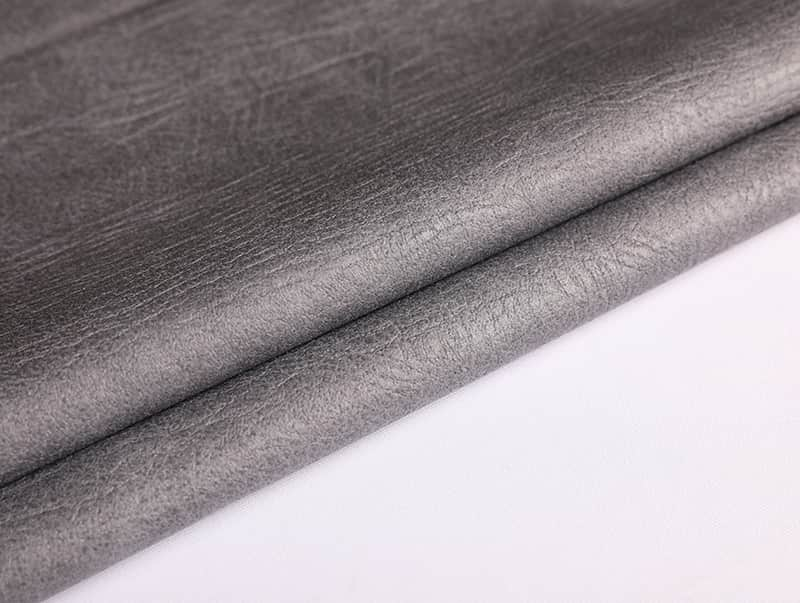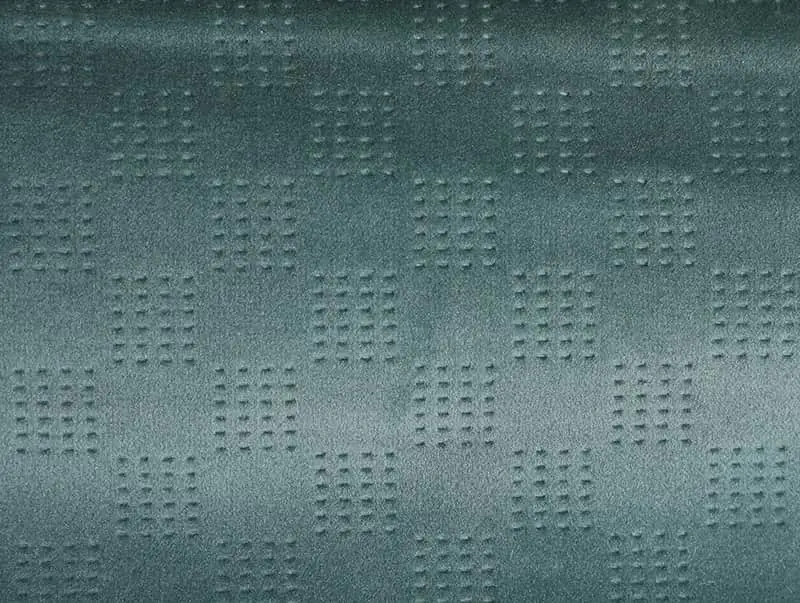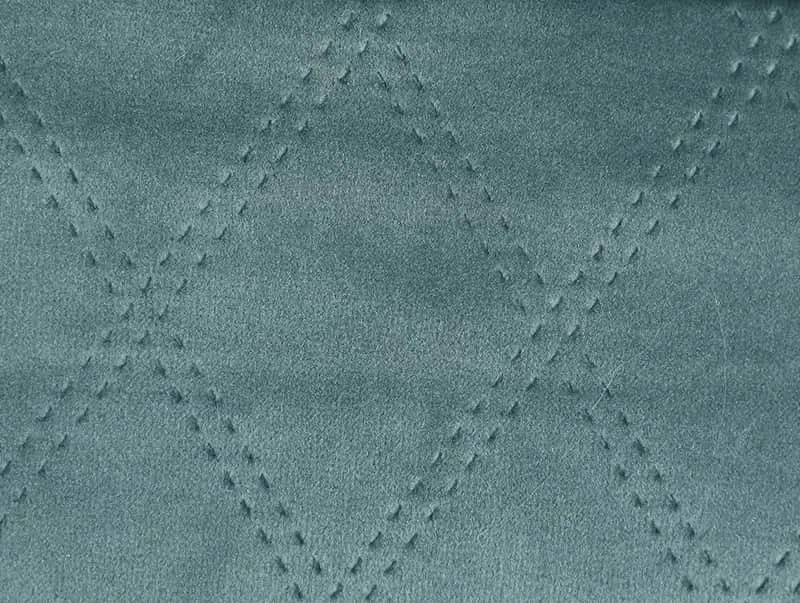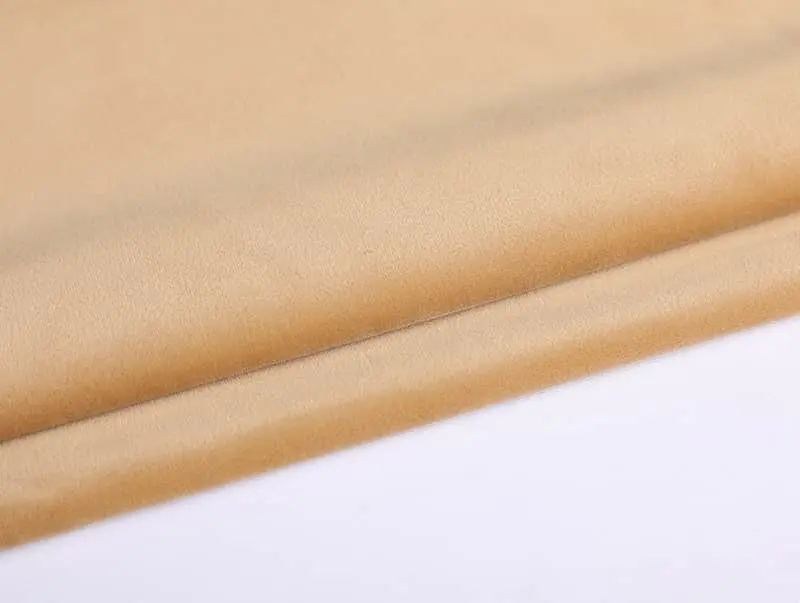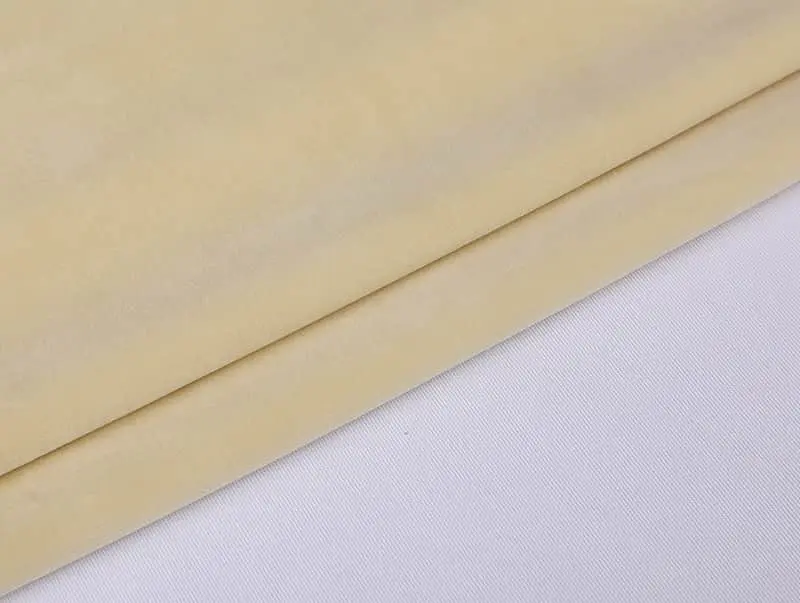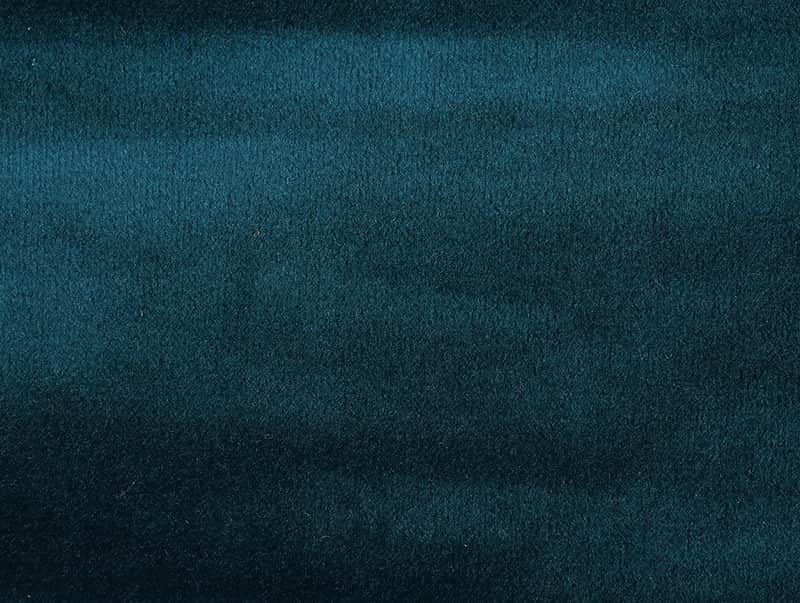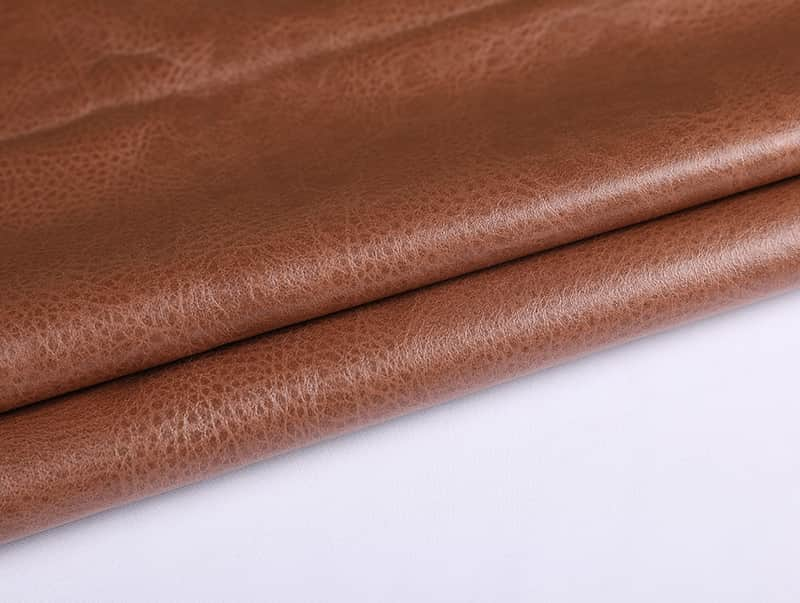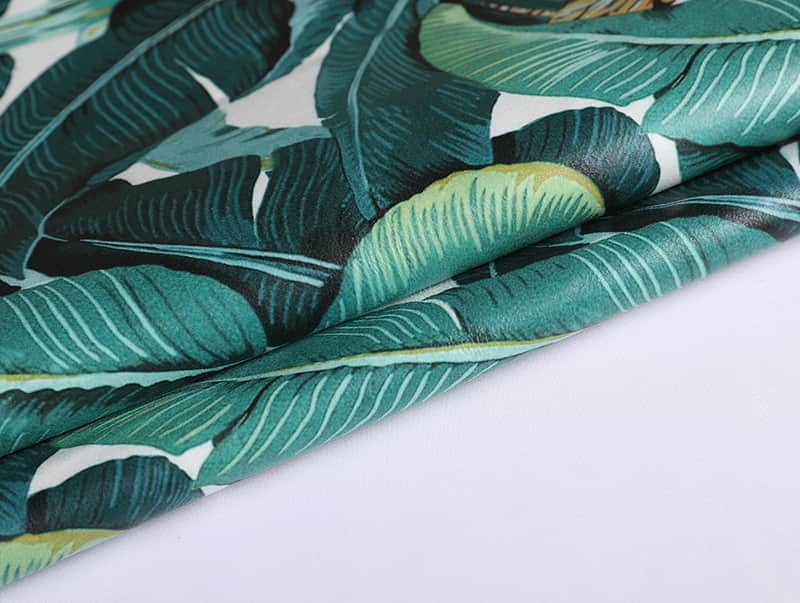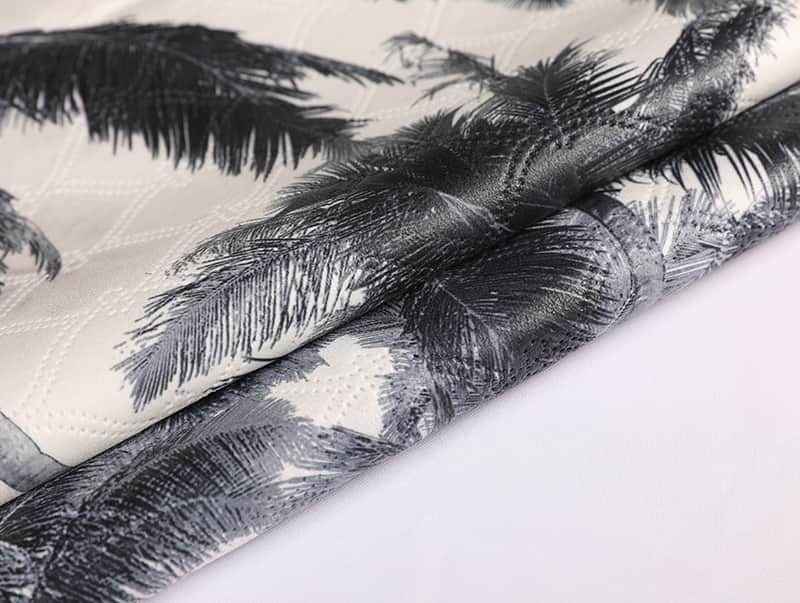1. The composition of the fabric:
Knitted fabrics: The coil is the smallest basic unit of knitted fabrics, and the coil is composed of a loop stem and an extension line in a space curve. The coils are interlaced with each other to form a woven fabric, and the process of forming a coil from the yarn can be carried out horizontally or vertically.
Woven fabric (woven fabric): It is a woven fabric made of two sets of mutually perpendicular yarns interwoven at a 90-degree angle for warp and weft. The longitudinal yarn is called warp, and the horizontal yarn is called weft. Each intersection point between warp and weft is called weave point, which is the smallest basic unit of woven fabric.
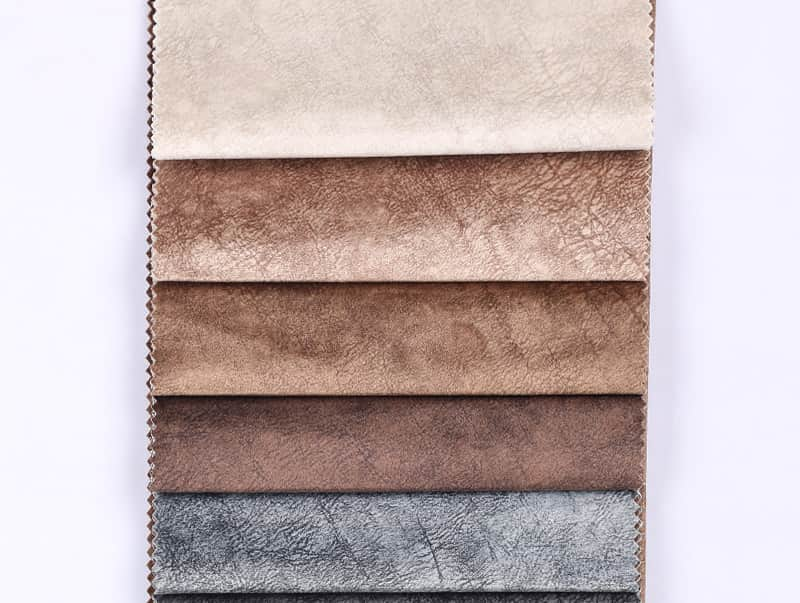
2. the basic characteristics of the fabric:
Knitted fabric: Because the coil is formed by bending the yarn in space, and each coil is composed of one yarn, when the knitted fabric is subjected to external tension, such as longitudinal stretching, the bending of the coil changes, and the height of the coil also changes. At the same time, the width of the coil decreases. If the tension is transversely stretched, the situation is the opposite. The height and width of the coil can obviously be converted to each other under different tension conditions, so the extensibility of the knitted fabric is large. It has great breathability and feels soft.
Woven fabrics (woven fabrics): Because the warp and weft yarns are somewhat curved, and they are only bent in the direction perpendicular to the plane of the woven fabric, the degree of bending is related to the mutual tension between the warp and weft yarns and the stiffness of the yarn. When the woven fabric is subjected to external tension, such as longitudinal stretching, the tension of the warp increases and the bending decreases, while the bending of the weft increases, such as longitudinal stretching, until the warp is completely straightened, and the woven fabric shrinks laterally. . When the woven fabric is stretched laterally by external tension, the tension of the weft yarn increases, the bending decreases, and the warp yarn warp increases, such as the lateral stretching continues until the weft yarn is completely straightened, and the woven fabric shrinks longitudinally. The warp and weft will not be converted, so the woven fabric is generally tight and stiff.
